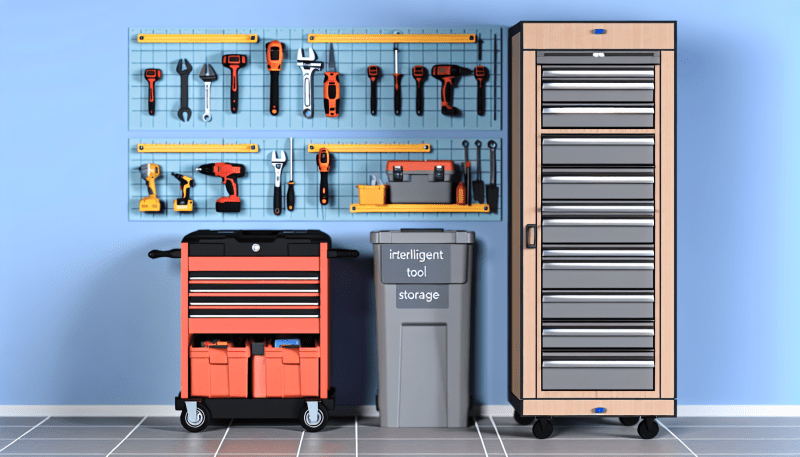One of the simplest ways to enhance our safety is by being alert. This means paying attention to our environment, especially when we are in unfamiliar places. For instance, when walking in a busy area, it’s crucial to stay aware of traffic, potential hazards, and even the people around us. By being vigilant, we can reduce the chances of accidents and make informed decisions about our surroundings.
At home, safety can be improved by taking preventive measures. Simple actions, such as ensuring that smoke detectors are functional and having a first-aid kit readily available, can make a significant difference. Teaching family members about emergency procedures, including what to do in case of a fire or medical emergency, fosters a culture of safety that benefits everyone.
Moreover, embracing technology can further enhance our safety. Installing security cameras and using smart home devices help monitor our environment, giving us peace of mind. Even our smartphones offer various safety features, from location sharing with trusted friends to emergency alert settings. By integrating these tools into our daily routines, we can create a safer and more secure environment for ourselves and those we care about.
Creating a Safety Plan Together
Once you've created a comfortable atmosphere for discussion, begin to identify potential risks and hazards in your surroundings. What are the most pressing safety issues in your home, community, or workplace? Encourage everyone to voice their observations and experiences. By talking about real-life situations, you create a clearer picture of what needs to be addressed. Make a list of these potential risks to ensure that no concern is overlooked.
Next, it’s time to get proactive. Work together to brainstorm practical solutions and strategies for each identified risk. For instance, if fire safety is a concern, consider discussing the importance of smoke detectors, fire drills, and safe escape routes. Encourage creativity in coming up with safety measures that everyone can commit to. If responsibilities can be divided, it’ll make implementation easier and more manageable for everyone involved.
Finally, remember that a safety plan is not a one-time effort; it requires ongoing communication and updates. Schedule regular meetings to review the plan, assess its effectiveness, and make adjustments as necessary. Keeping the lines of communication open fosters a culture of safety where everyone feels empowered to contribute. By working together to create and maintain your safety plan, you build a stronger, more resilient community that prioritizes everyone's well-being.
Educating for Awareness and Prevention
Educating individuals about safety is crucial for creating a secure environment. Awareness and prevention go hand in hand, ensuring that everyone understands the importance of recognizing potential dangers and knowing how to respond. From schools to workplaces, safety education can empower people to take an active role in their own protection and the well-being of others.
Programs that teach safety awareness can cover a variety of topics, including emergency preparedness, cyber safety, and personal safety in different settings. For instance, schools can integrate lessons on recognizing threats and reporting them, while workplaces can offer training sessions on handling emergencies or understanding workplace hazards. This proactive approach helps to instill a sense of responsibility among participants.
Community involvement is also essential in fostering a culture of safety. Workshops and seminars can be organized to discuss issues relevant to specific areas, such as natural disasters, first aid, or self-defense. By engaging local leaders and experts, communities can create tailored programs that address their unique needs and challenges. This collective effort encourages individuals to share knowledge and skills, further building a resilient community.
Moreover, leveraging digital platforms can broaden the reach of safety education. Online courses, webinars, and social media campaigns can effectively disseminate information to a wider audience. By making safety education accessible and engaging, we can reach people who may not have an opportunity to participate in traditional programs. Ultimately, embracing a multi-faceted approach to education will lead to greater awareness and prevention in society.
Building a Culture of Safety
Training and education play a pivotal role in establishing a safety culture. Providing regular workshops and resources about safety protocols and best practices ensures that everyone is informed and prepared. By investing in comprehensive training, organizations empower their employees to recognize hazards and take corrective action. This proactive approach not only reduces the likelihood of accidents but also reinforces the message that safety is a priority for everyone.
Additionally, it is important to celebrate successes in safety initiatives. Recognizing individuals or teams that exemplify safe behaviors can motivate others to follow suit. Whether through awards, shout-outs in meetings, or small celebrations, acknowledging positive contributions helps to solidify the importance of safety within the workplace or community. This fosters a collective commitment to maintaining a safe environment, where everyone looks out for one another.
Finally, leaders play a critical role in shaping a culture of safety. When leaders prioritize safety and model safe behaviors, it sets the tone for the entire organization. Their commitment can inspire others to take safety seriously and make it a part of their daily routines. By leading by example and consistently emphasizing the importance of safety, leaders can create an environment where everyone prioritizes safeguarding themselves and their colleagues.



